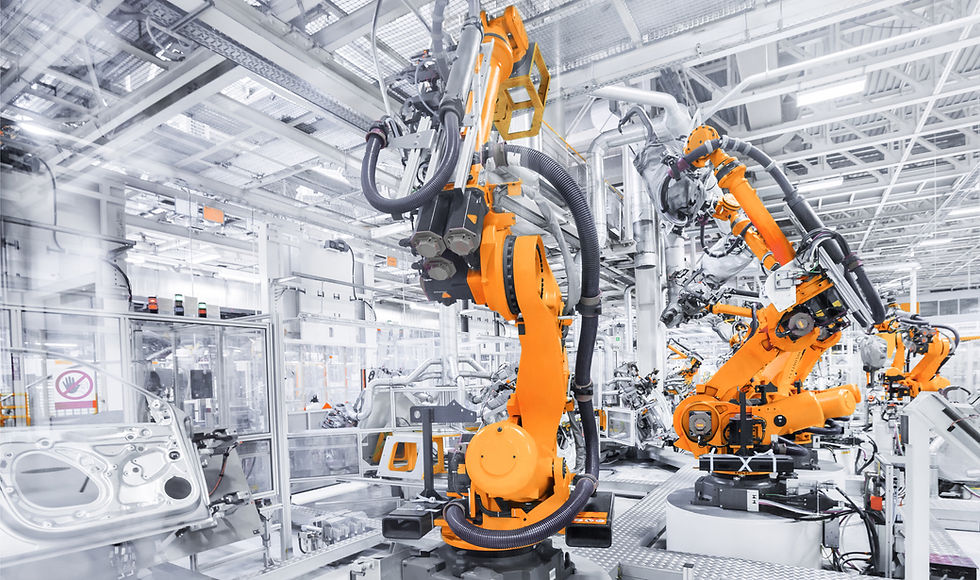- Anton Ruckman

- Feb 14, 2024
- 3 min read
From Doodles to Designs:
Navigating AI-Driven Product Development

Hey everyone, I just had to share my latest experience with you all. I've been diving into a new workflow using AI, and let me tell you, it's been quite the ride!
One of the big questions on my mind has been, who's really in charge here? Does AI control our creativity, or do we still hold the reins? It's a fascinating debate, and I'm enjoying exploring how our creative process intersects with this powerful technology.
One thing I'm loving about this new workflow is the speed. From a simple doodle to a surprisingly good quality render, the process moves along at lightning speed. It's like seeing your ideas come to life in record time!
Now, let's talk about the way we usually approach product design—what we fondly refer to as the "inside-out" methodology. Traditionally, we begin by focusing on the internal components and functionalities of a product. It's all about understanding how things work from the inside and then building outwards, ensuring that the external design serves the internal functions seamlessly. However, with this AI-driven workflow, there's a bit of a shift in perspective. Instead of starting from the inside and moving outwards, we find ourselves beginning with the external aesthetics, almost working "outside-in." It's an intriguing change that challenges our conventional methods but opens up new avenues for creativity and innovation.

When it comes to product design, it's always about striking the right balance. There's a constant back and forth between the external surface, materials, ergonomics, and styling, and the internal structure, manufacturing methods, materials, and components. Traditionally, we've approached this delicate dance with a keen eye on both the aesthetic appeal and the practical functionality of the product. With AI in the mix, there's an added layer of complexity. While it brings incredible capabilities for styling and visual appeal, we must ensure that it doesn't overshadow the importance of engineering and practicality. It's about finding harmony between form and function, ensuring that our designs not only look great but also perform flawlessly.
Now, let's talk about the quality of the input—both in terms of prompts and sketches—and how it affects the results. I've always believed that sketching expertise plays a significant role in the outcome of a design. However, with AI, this belief is being challenged. The quality of the prompt and sketch input does indeed impact the results, but it's not the sole determining factor anymore. Unfortunately, almost anyone can now create design-like sketches using other AI software and mix and match them to achieve desired results. It's a bit disheartening to see the traditional boundaries of sketching expertise blur, but it's also a testament to the power of technology in transforming the creative process.
Perhaps the most intriguing part is grappling with control. Even though the results aren't 100% our own creativity, there's still a sense of leading the process. It's all about finding that balance and learning how to harness the power of AI to amplify our vision, rather than the other way around.
Overall, this journey into AI-driven workflows has been eye-opening. It's pushing boundaries, sparking new ideas, and challenging the way we think about creativity and technology. I can't wait to see where it takes us next!
Have you had any experiences with AI in your creative process? I'd love to hear about it! Drop your thoughts in the comments below. Let's keep the conversation going! 🎨✨


Comments